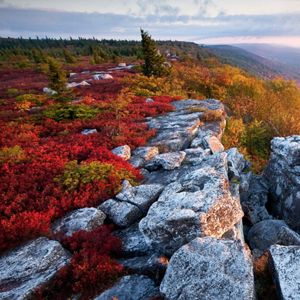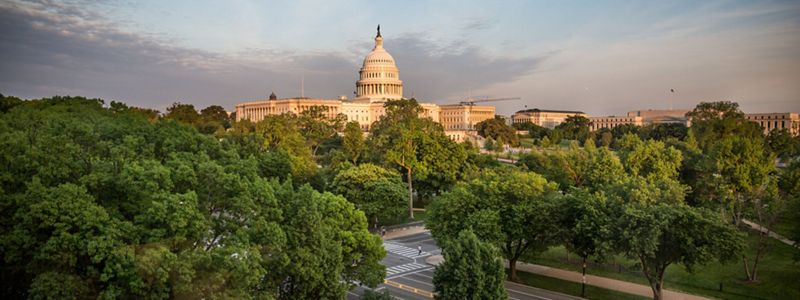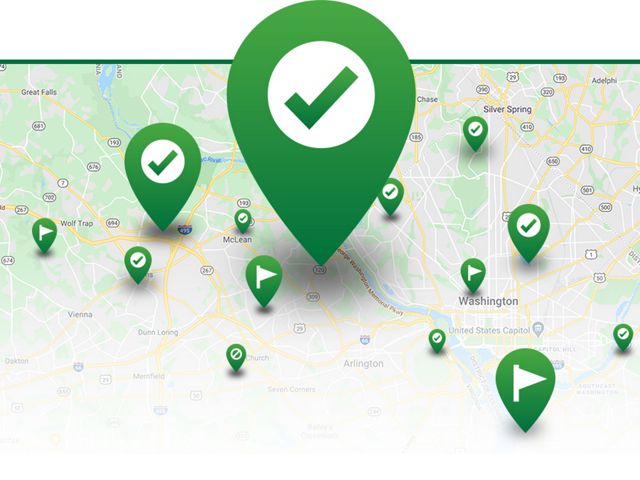Description
Crabtree Cave is a world that exists without the light of the sun. Its unusual habitat and unique species have evolved to survive in the permanent darkness.
All animals that live permanently within the cave, such as the nationally-rare Franz’s cave amphipod (Stygobromus franzi) and Franz’s cave isopod (Caecidotea franzi)—both aquatic invertebrates—have lost their sight and pigment. They have also acquired behavioral, metabolic, and reproductive adaptations that differ markedly from their surface-dwelling relatives.
Crabtree Cave is the largest bat hibernaculum in Maryland and shelters eastern pipistrel, little brown, big brown, northern long-eared and Keen’s bats.
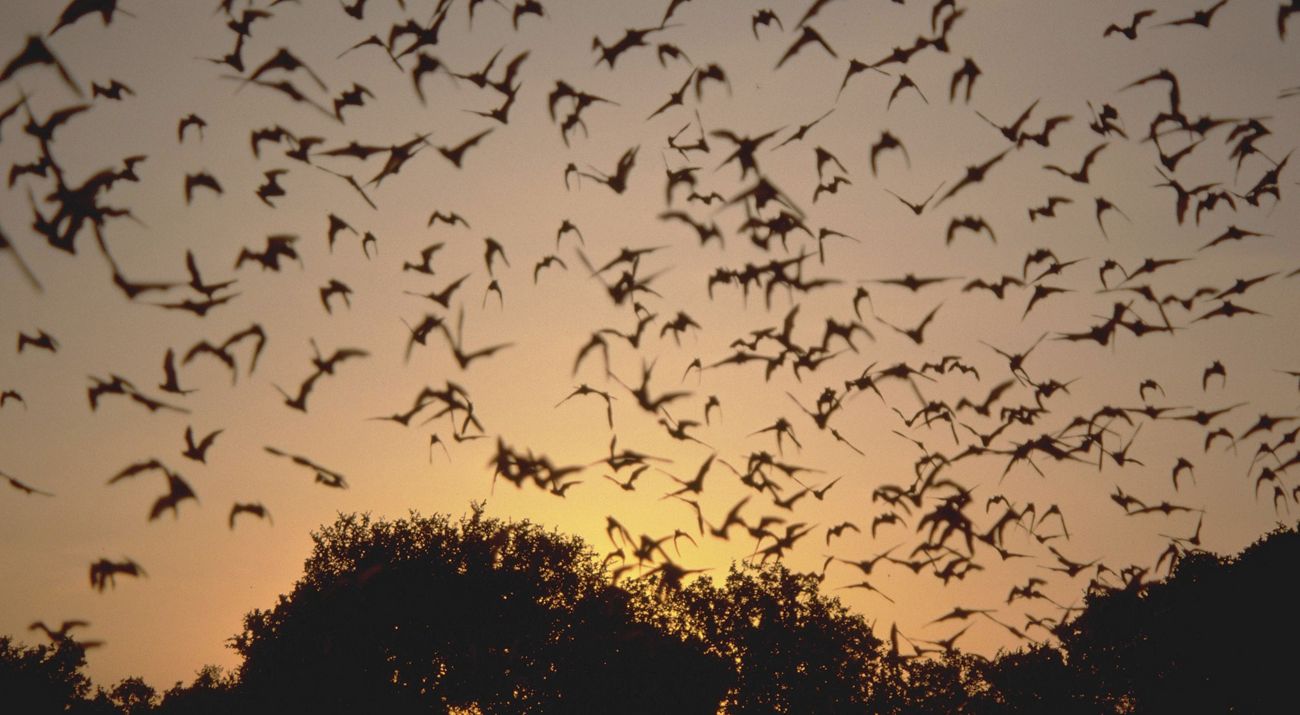
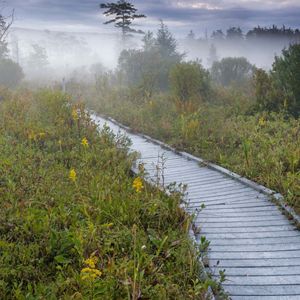

_Margaret_Donald-CC_2504x1565.jpg?crop=0%2C0%2C1565%2C1565&wid=300&hei=300&scl=5.216666666666667)
